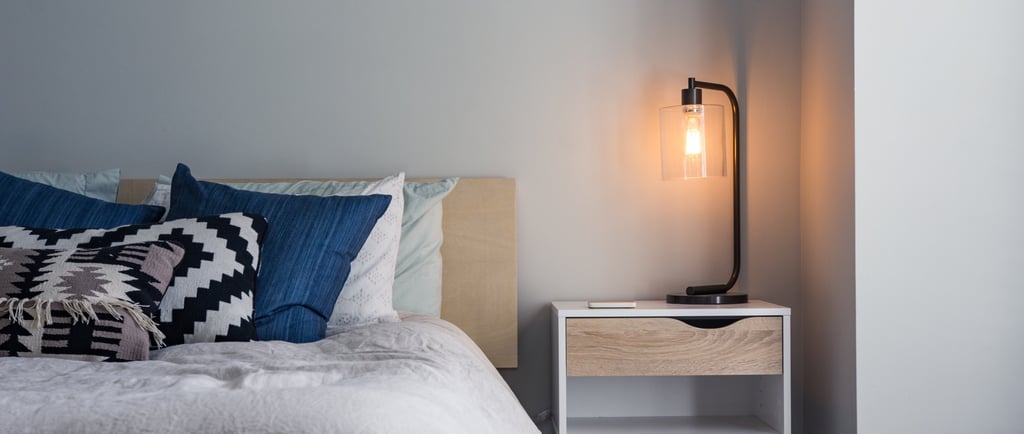Insured mortgage
Did you know you can buy a property with less than 20% down payment?


In Canada, legislation mandates that any home purchase with a down payment of less than 20% must include mortgage default insurance. This insurance is a legal requirement and serves to protect the lender in case the borrower fails to make payments, resulting in a default on the mortgage loan. Having the option of mortgage default insurance expands the possibilities for more Canadians to qualify for loans and fulfill their dream of homeownership. Continue reading to gain insights into the workings of insured mortgages for a better understanding of your financing options.
Understanding Mortgage Insurance Payments:
When it comes to paying mortgage insurance, it's important to note that in BC the premium is often amortized within the mortgage. This means that instead of a one-time upfront payment, the insurance cost is spread out over the life of the mortgage. The premium amount is influenced by your down payment, with a lower premium associated with a larger down payment. The breakdown of charges is as follows
Down payment (% of home’s price)
5% - 9.99% --> 4.00% Premium
10% - 14.99% --> 3.10% Premium
15%-19.99% --> 2.80% Premium
20% or higher --> 0% Premium
Traditional Insurance (High-Ratio Mortgages):
If your Loan-to-Value (LTV) ratio is 80% or greater, a one-time premium is charged.
High-ratio mortgages must adhere to strict mortgage loan insurance requirements, including a home price under $1 million, a self-funded down payment, and an amortization period of 25 years or less.
High-ratio mortgages are for owner-occupied home or second home. Not available for a rental property.
Insurable mortgage:
If your LTV is less than 80%, this option is available, and the premium is often covered by the lender.
Typically used by monoline lenders such as MCAP, First National, or People's Bank, portfolio insurance is paid for by the lender.
Preapproval and Mortgage Insurance Duration:
To get preapproved for an insured mortgage, consult with your mortgage broker, similar to the process for a conventional mortgage preapproval. Preapproval confirms your eligibility for a mortgage based on provided information like income, employment, and financial history. It outlines term length, interest rate, and principal amount, providing clarity on your financing capabilities before house hunting.
Mortgage insurance, if paid monthly, continues for the entire mortgage term. Conventional mortgages, which do not require upfront insurance payments, may save money in the long run, as they involve borrowing less, quicker loan payoff, and fewer interest payments. Conventional mortgages also offer longer amortization periods (up to 30 years) and quicker equity buildup compared to insured mortgages.
Insured Mortgage vs. Conventional Mortgage:
While insured mortgages cost more than conventional ones, they have gained popularity due to the escalating real estate prices in Canada. Insured mortgages enable homeownership with a smaller down payment, and lenders can offer better interest rates as they are protected from defaults. Keep in mind that adding the mortgage insurance premium to monthly payments reduces home equity. In certain provinces, provincial sales tax applies, but it cannot be added to the mortgage.
Conventional mortgages, requiring no insurance premium, offer long-term savings by reducing borrowed amounts, speeding up loan repayment, and providing longer amortization periods. The choice between insured and conventional mortgages depends on individual circumstances and preferences. If considering insured mortgages, rest assured that many Canadians find them beneficial, especially for first-time homebuyers. They provide lenders with protection while offering borrowers increased flexibility and options. Connect with our qualified team members to explore further mortgage options today!
